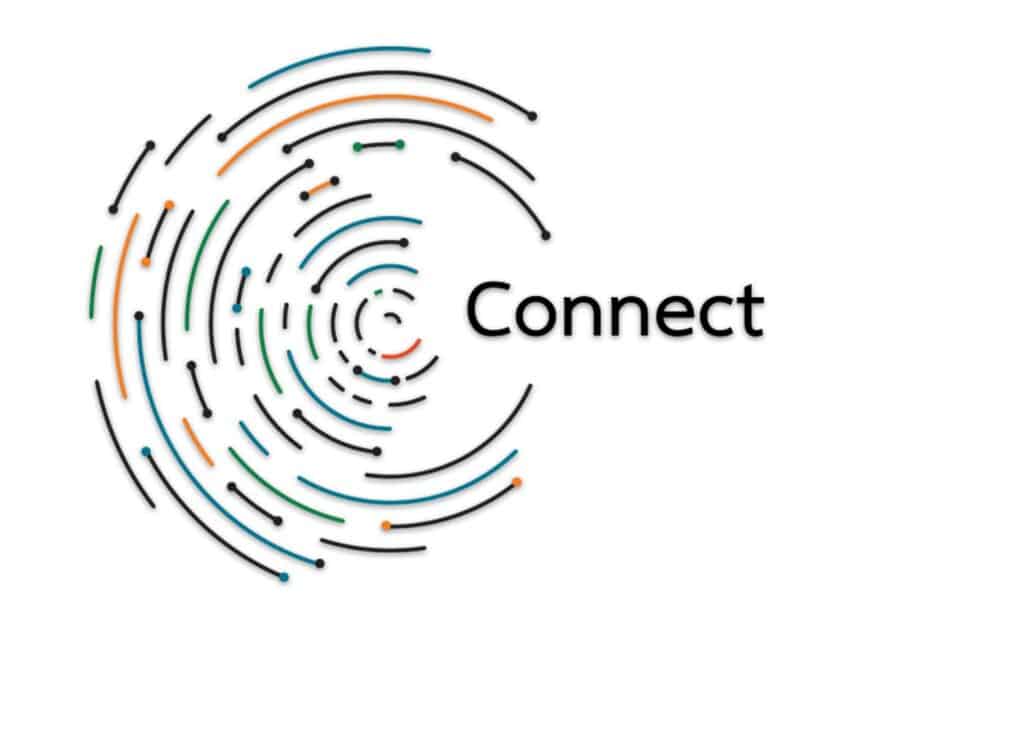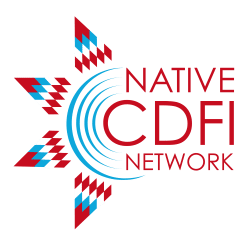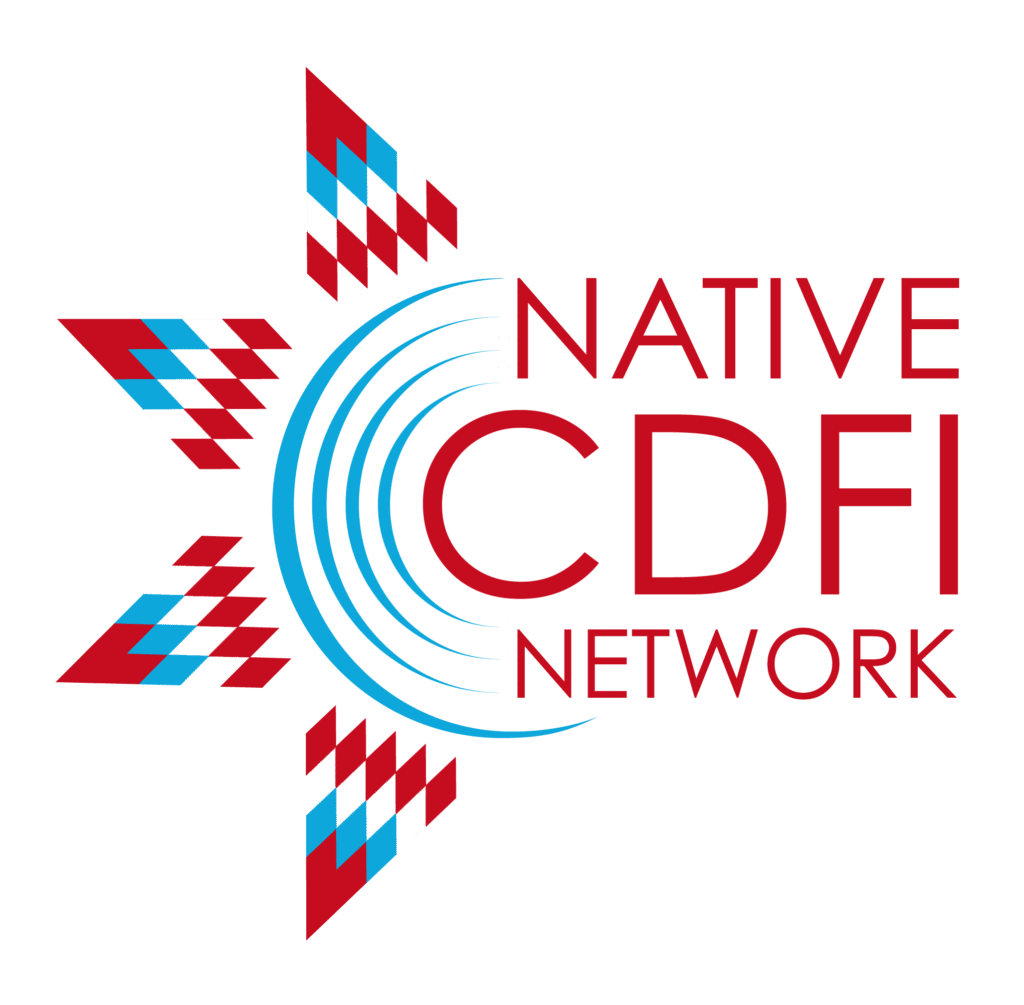Communication Tools & Tips
Effective communication with your audiences is important. Connecting with clients, advocates, legislators and other influencers on a regular basis can help ensure strong and long-lasting relationships. Making effective use of newsletters, press releases, social media and targeted email marketing campaigns are great ways to help you stay in front of all your audiences.

Newsletter
The newsletter is one of your most powerful communication tools. It helps you to maintain or gain visibility and build credibility with your target audience. Make sure your content is relevant to the audience by presenting the articles in a way that is educational to your readers.
Establish a standard structure for your newsletter and stick to it so that your readers can more easily navigate through it. Whichever method you choose – print or electronic, send out an issue at least once per quarter but no more than once a week.
Press Release
Seriously consider whether a topic is newsworthy before distributing a press release. If you send too much useless information you will be determined a non-credible source by the press. Write clear, concise releases that tell a compelling story following these guidelines:
- Include a news hook in the headline and the opening sentence.
- Use a factual and objective tone and back up any claims with supporting data.
- Use the inverted pyramid structure to include the who, what, when, where, and why in the first paragraph.
Email Marketing
Email marketing has several advantages over traditional marketing methods because you can reach a broader audience, and it is much less expensive. People receive hundreds of emails every day, however a significant portion don’t get opened or get deleted. How do you successfully implement an email marketing strategy?
Limit your subject line to 5-8 words and make your brand recognizable. Think about your target audience and what information they are hungry for, and focus your content on their needs. Short and sweet is the key. Internet users don’t read. Instead, they scan. Use simple terms include no more than 3-5 topics per email.
Social Media
Social media sites like Facebook, Twitter, and LinkedIn have recently become the #1 activity on the web and offer tremendous opportunities in gaining awareness and supporters for your policy and advocacy campaign. By creating a profile for your organization and updating your status, you can generate traffic to your website, spread the word on policy issues, and even gain media attention. Consider posting articles and news stories, blog posts, video demonstrations upcoming events, requests for participation, polls, a compelling question, or any free giveaways.

